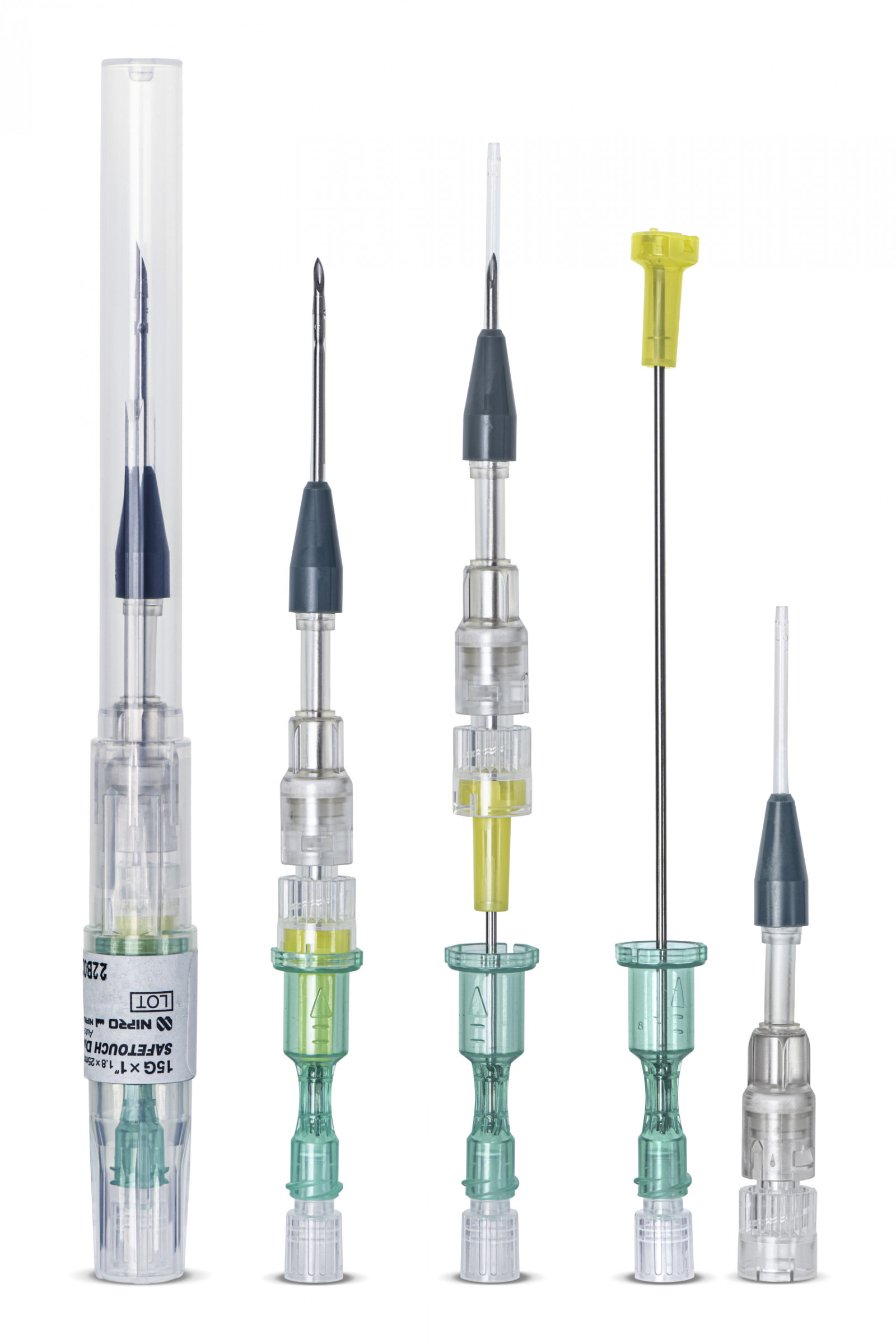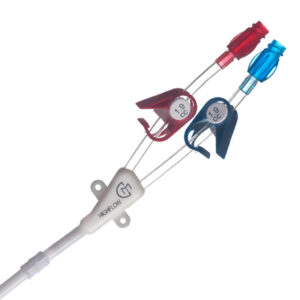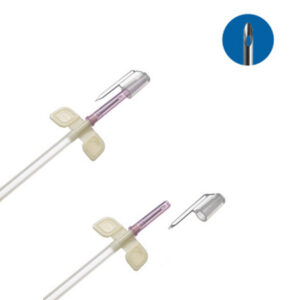Description
Nipro Canada’s Safetouch Dialysis Cath PLUS are equipped with an auto-priming hemostatic valve and a safety mechanism.
The auto-priming hemostatic valve prevents blood spreading:
- Reduces manipulations for the nurse
- Improves flexibility of the nurse as clamping the tube is no longer necessary
- Facilitates connection/disconnection of the bloodlines
- Valve automatically activated upon withdrawal of the needle
The safety mechanism prevents needle stick injuries:
- Passive and non-reversible safety mechanism
- Unique locking mechanism
- Pre-removal activation: immediate shielding




